Optimal Timing for Staining a Wood Cabin
Choosing the optimal time for staining a wood cabin ensures the finish adheres properly and lasts longer. Weather conditions, temperature, and humidity play significant roles in the staining process. Typically, the best time is during mild, dry weather with temperatures between 50°F and 85°F (10°C to 29°C).
Spring and early fall are recommended periods due to moderate temperatures and lower humidity, which facilitate proper drying and absorption.
Staining should be avoided during rainy periods, high humidity, or extreme temperatures, as these conditions can impair adhesion and curing.
Surface preparation, including cleaning and sanding, should be completed well before the optimal weather window to ensure proper stain penetration.
Typically, staining every 3-5 years maintains protection and appearance, with timing aligned to weather conditions for best results.

Spring offers ideal conditions with rising temperatures and lower humidity, promoting effective stain absorption.
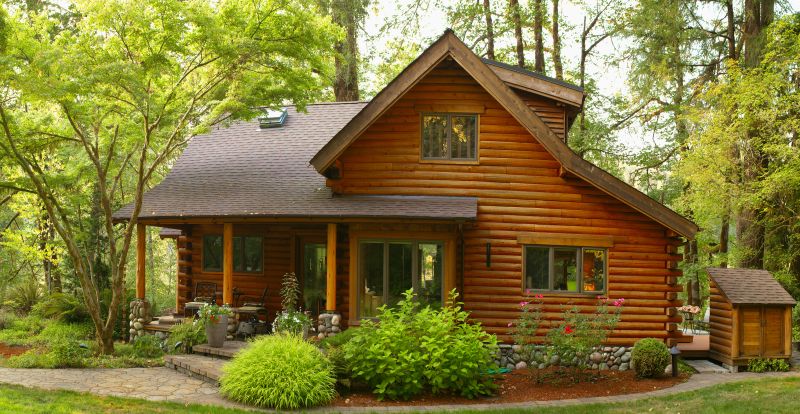
Early fall provides cool, dry weather suitable for staining, with less risk of rain interfering with the process.
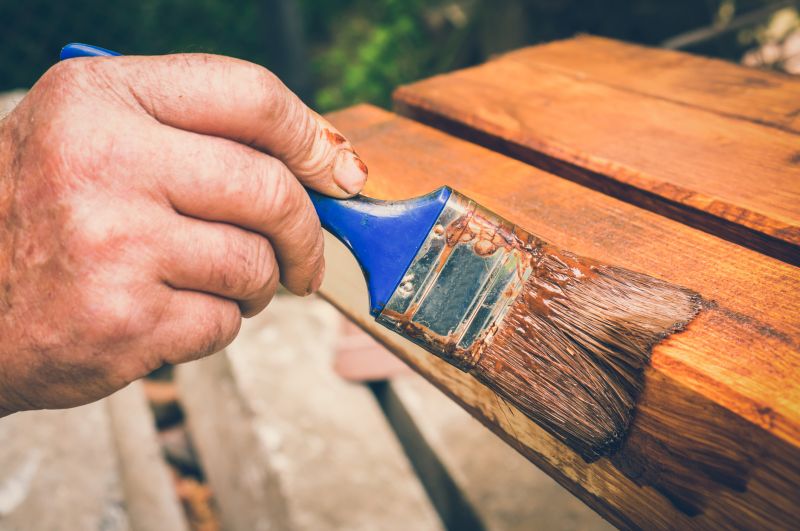
High heat and humidity in summer or freezing temperatures in winter hinder proper application and curing.

Ways to make Wood Cabin Stainings work in tight or awkward layouts.
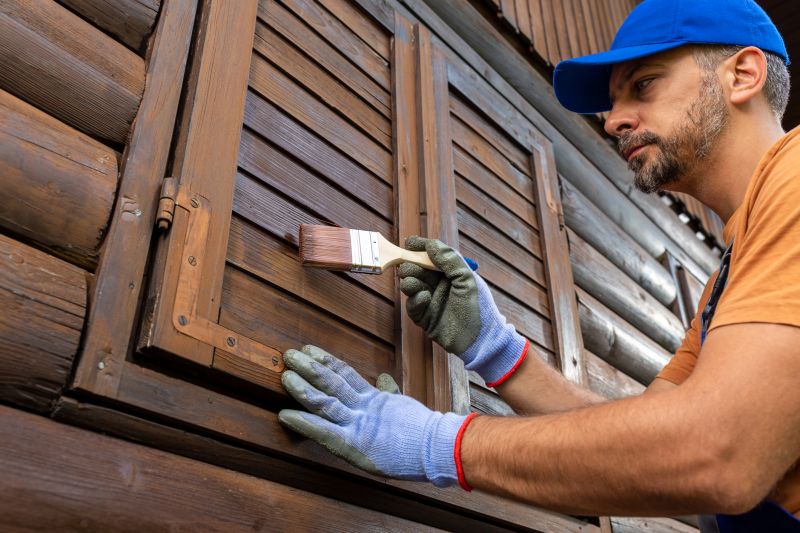
Popular materials for Wood Cabin Stainings and why they hold up over time.

Simple add-ons that improve Wood Cabin Stainings without blowing the budget.
| Season | Recommended Conditions |
|---|---|
| Spring | Mild temperatures, low humidity, dry weather |
| Early Fall | Cool temperatures, low humidity, dry weather |
| Summer | High temperatures and humidity should be avoided |
| Winter | Freezing temperatures hinder application |
Wood cabin stainings serve to protect the wood from weathering, UV damage, and decay. Proper staining enhances the appearance and extends the lifespan of the structure. The choice of stain type, application method, and timing are critical factors influencing the effectiveness and durability of the finish. Regular maintenance and timely reapplication are essential for optimal protection.

Cleaning and sanding the wood surface before staining ensures better adhesion and a uniform finish.

Using proper tools and techniques during application promotes an even coat and longer-lasting protection.
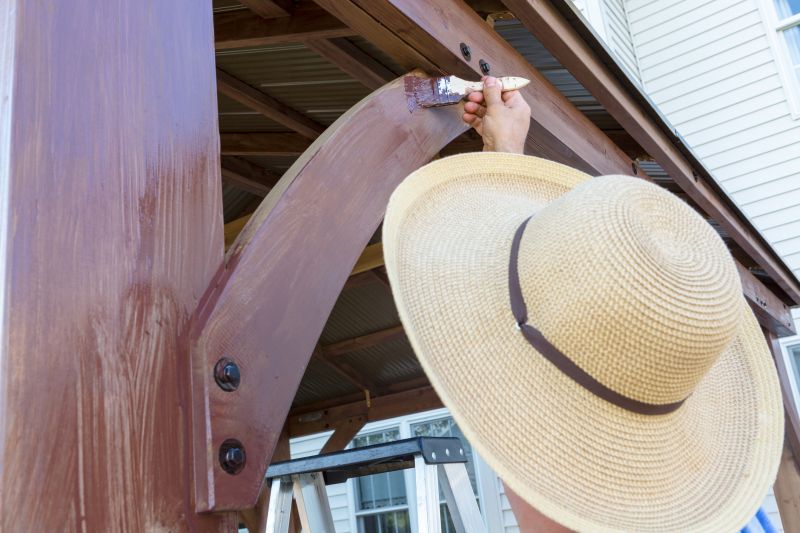
Checking weather forecasts before staining helps avoid conditions that could compromise the results.
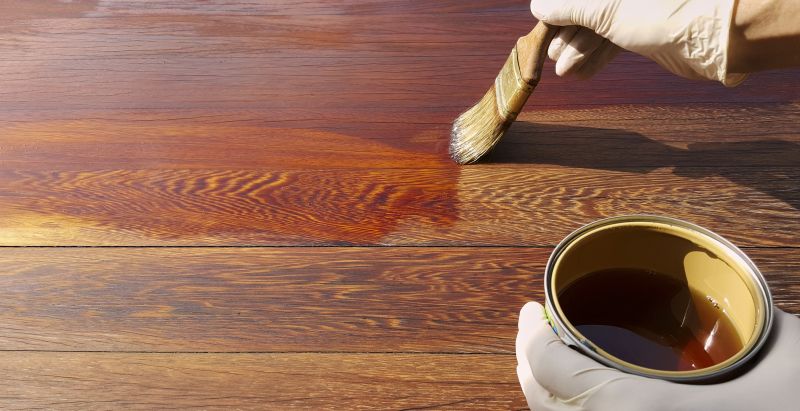
Allow sufficient drying time and avoid rain or heavy dew during the curing process.
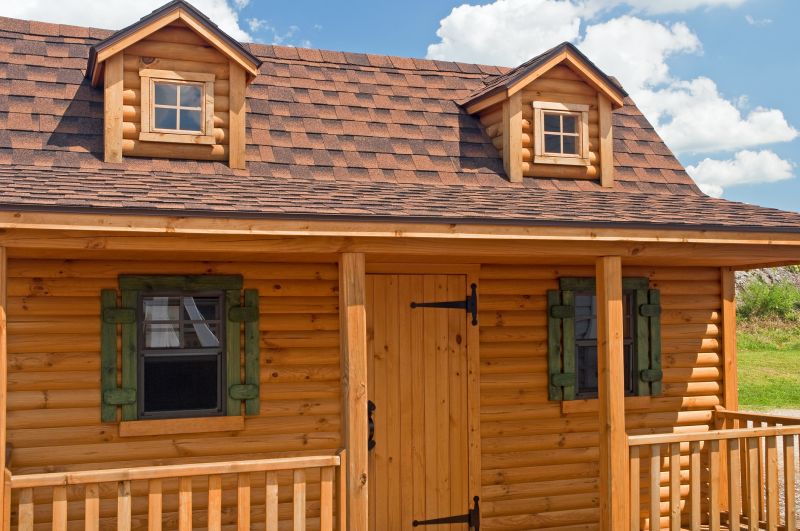
High-end options that actually feel worth it for Wood Cabin Stainings.
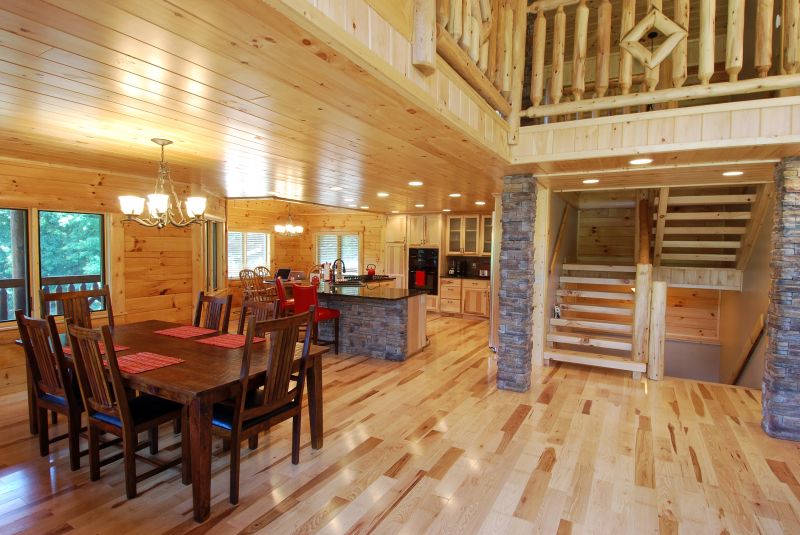
Finishes and colors that play nicely with Wood Cabin Stainings.

Little measurements that prevent headaches on Wood Cabin Stainings day.

A 60-second routine that keeps Wood Cabin Stainings looking new.
Interested in scheduling a wood cabin staining? Filling out the contact form provides the necessary details to assist with planning and advice, ensuring the staining process is completed under optimal conditions for best results.
